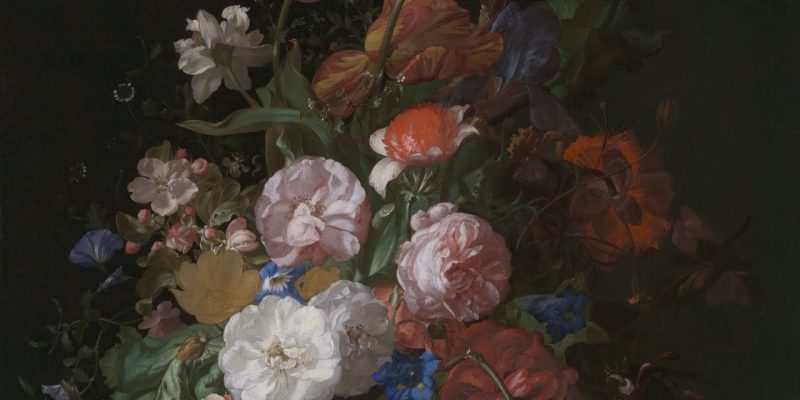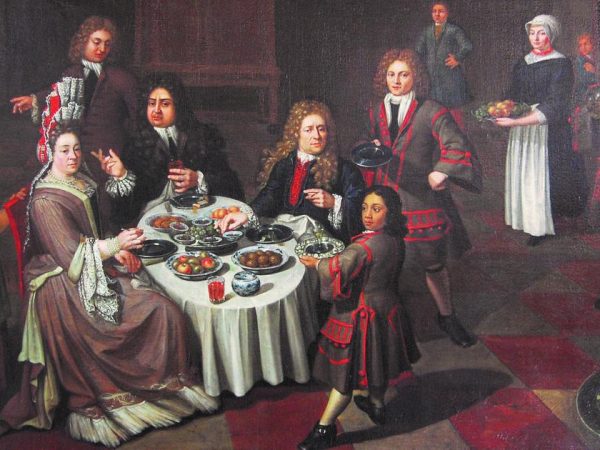Dutch Artists: 10 Groundbreaking Minds You Need to Explore

Dutch artists have long been at the forefront of the art world, known for their contributions across various eras and movements. From the famous Golden Age to modern contemporary innovations, Dutch artists have continuously redefined the boundaries of creativity. In this article, we’ll explore 10 of the most groundbreaking Dutch artists who have shaped art history with their exceptional vision and style. Let’s dive into these masters and their timeless impact.
Golden Age Dutch Artists Who Changed the World
The Golden Age of Dutch art, especially in the 17th century, gave birth to some of the most important figures in art history. During this era, Dutch artists such as Rembrandt van Rijn, Johannes Vermeer, and Frans Hals stood out for their detailed realism, mastery of light, and ability to capture everyday life. These artists elevated portraiture, landscape, and still life to an unprecedented level, defining the era and leaving a lasting influence on the art world.
Rembrandt: The Dutch Artist Who Revolutionized Portraiture
Among Dutch artists, Rembrandt van Rijn stands out as one of the most revolutionary figures in portraiture. His works go beyond mere likeness, revealing the deep emotional and psychological dimensions of his subjects. His masterpiece The Night Watch exemplifies his innovative use of light and composition, while his numerous self-portraits display an introspective and evolving artist. Rembrandt’s contribution to art is profound, cementing his status as one of the greatest Dutch artists of all time.
Hieronymus Bosch: A Visionary Ahead of His Time
Centuries before the Dutch Golden Age, Hieronymus Bosch created intricate and surreal works that captured the imagination. Known for his bizarre and fantastical imagery, Bosch is among the earliest Dutch artists to delve into surrealism. His iconic work, The Garden of Earthly Delights, depicts a world of strange creatures and symbolic narratives, displaying a unique and forward-thinking artistic vision. Bosch remains one of the most influential artists for his unparalleled imagination.
Rachel Ruysch: Transforming Still Life
Still life painting was significantly transformed by Rachel Ruysch, one of the most successful female painters of the 17th and 18th centuries. Ruysch’s floral paintings are celebrated for their meticulous detail and vibrant use of color. She redefined the still life genre, turning botanical studies into extraordinary works of art. As one of the few renowned female painters, Ruysch broke new ground and remains an inspiration to many.
Piet Mondrian: Revolutionizing Modernism
Piet Mondrian is a pivotal figure in the development of abstract art. Known for his work with geometric forms and primary colors, Mondrian’s De Stijl movement sought to express universal harmony through simplicity. His compositions of straight lines and blocks of color were groundbreaking, influencing art, design, and architecture across the globe. Mondrian’s abstract approach places him among the most influential artists of the 20th century.
Vincent van Gogh: The Most Iconic Artist
Vincent van Gogh is arguably the most famous Dutch artist, celebrated for his emotionally charged works and bold use of color. Van Gogh’s iconic pieces, such as Starry Night and Sunflowers, resonate with viewers due to their raw emotional depth and vibrant hues. Though he struggled during his lifetime, van Gogh’s impact on modern art is immense. His expressive technique has influenced countless artists, making him a symbol of creativity and perseverance.
Karel Appel: Redefining Sculpture
In the realm of modern art, Karel Appel broke away from traditional forms to create something entirely new. As a member of the COBRA movement, Appel’s sculptures and paintings are marked by their bold, expressive energy. His use of vivid colors and raw forms challenged the conventions of his time, placing him among the leading artists in the post-war period. Appel’s innovative approach continues to inspire contemporary creators.
Erwin Olaf: A Provocative Vision in Photography
One of the most significant figures in contemporary photography is Erwin Olaf, whose work explores themes of identity, power, and social issues. Olaf’s highly stylized and often provocative imagery makes him a standout figure in modern art. His groundbreaking approach to photography as an art form has earned him international recognition, securing his place among the most respected photographers today.
M.C. Escher: Blending Art and Mathematics
M.C. Escher is most famous for combining art and mathematics. His intricate prints and drawings, filled with optical illusions, have captivated audiences for decades. Escher’s works such as Relativity and Ascending and Descending challenge the viewer’s perception of reality and space, making him a pioneer in the use of geometry in art. His unique blend of logic and creativity continues to influence both artists and mathematicians.
Marlene Dumas: A Dutch Artist of Emotion and Expression
Among contemporary Dutch artists, Marlene Dumas stands out for her emotionally intense paintings that explore identity, race, and sexuality. Dumas’ loose, gestural style gives her portraits a haunting, ethereal quality. Her ability to convey deep emotion through minimal detail places her among the leading Dutch artists of our time. Dumas’ work is exhibited globally, and her influence on modern art is growing with each new generation of creators.
Conclusion
From the realism of the Golden Age to the abstract visions of the modern era, Dutch artists have continually pushed the boundaries of artistic expression. The 10 groundbreaking Dutch artists profiled here—Rembrandt, Vermeer, Mondrian, van Gogh, Bosch, Ruysch, Escher, Appel, Olaf, and Dumas—each represent a distinct moment in art history, showcasing the vast creativity and innovation that defines Dutch art. Their legacies continue to shape the world of art, inspiring new generations of artists to explore, create, and redefine what is possible.
FAQs
Q1. Who is considered the most famous Dutch artist?
The most famous Dutch artist is often Vincent van Gogh, known for his emotionally charged works and vibrant use of color.
Q2. What was the Golden Age of Dutch art?
The Golden Age of Dutch art took place during the 17th century, producing iconic Dutch artists like Rembrandt and Vermeer, who excelled in realism and light manipulation.
Q3. What style is Piet Mondrian known for?
Piet Mondrian is known for the De Stijl movement, which focuses on abstract, geometric compositions using primary colors.
Q4. What themes does Marlene Dumas explore in her art?
Marlene Dumas’ work often explores themes of identity, race, gender, and emotional expression through her evocative portraits.
Q5. How did M.C. Does Escher contribute to art?
M.C. Escher is known for his mathematically inspired artworks, including optical illusions and impossible constructions that challenge perceptions of space and reality.
Also read: Dutch Traditional Wear: 10 Essential Garments and Their History











